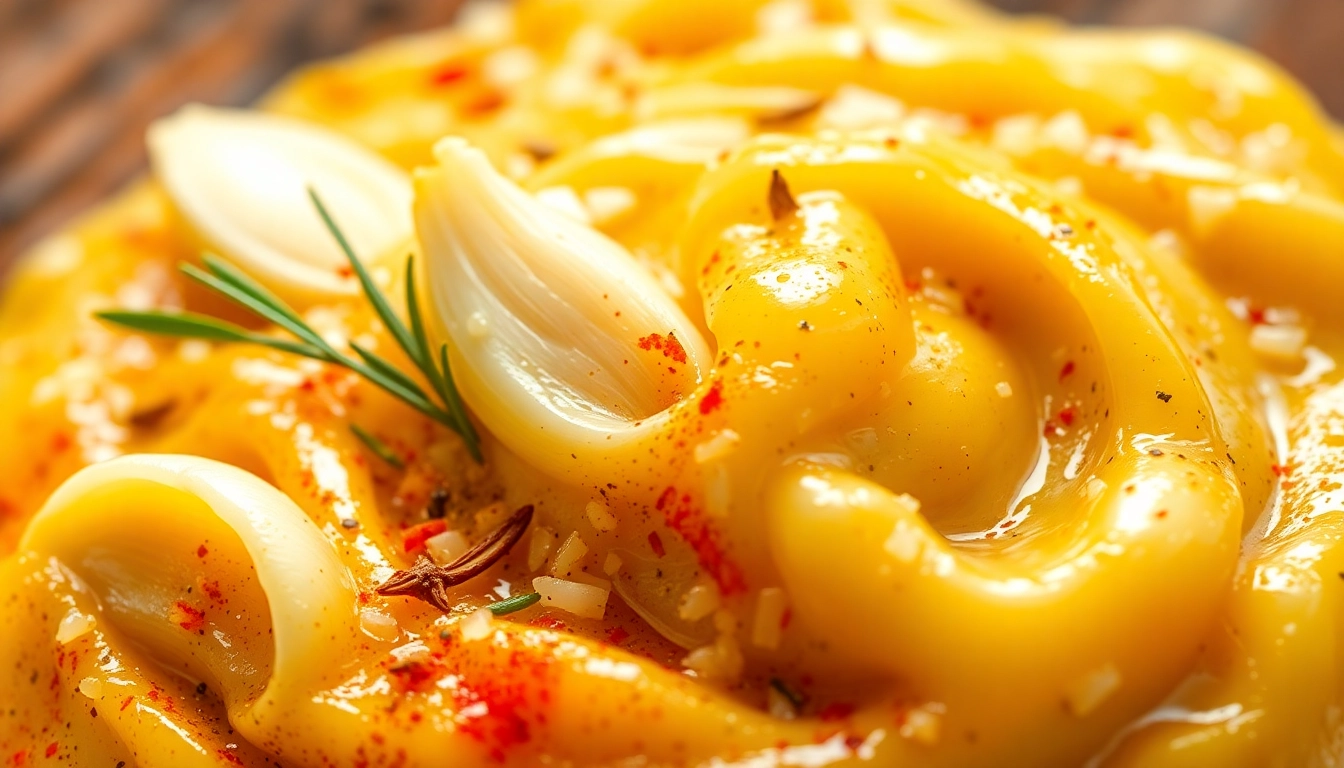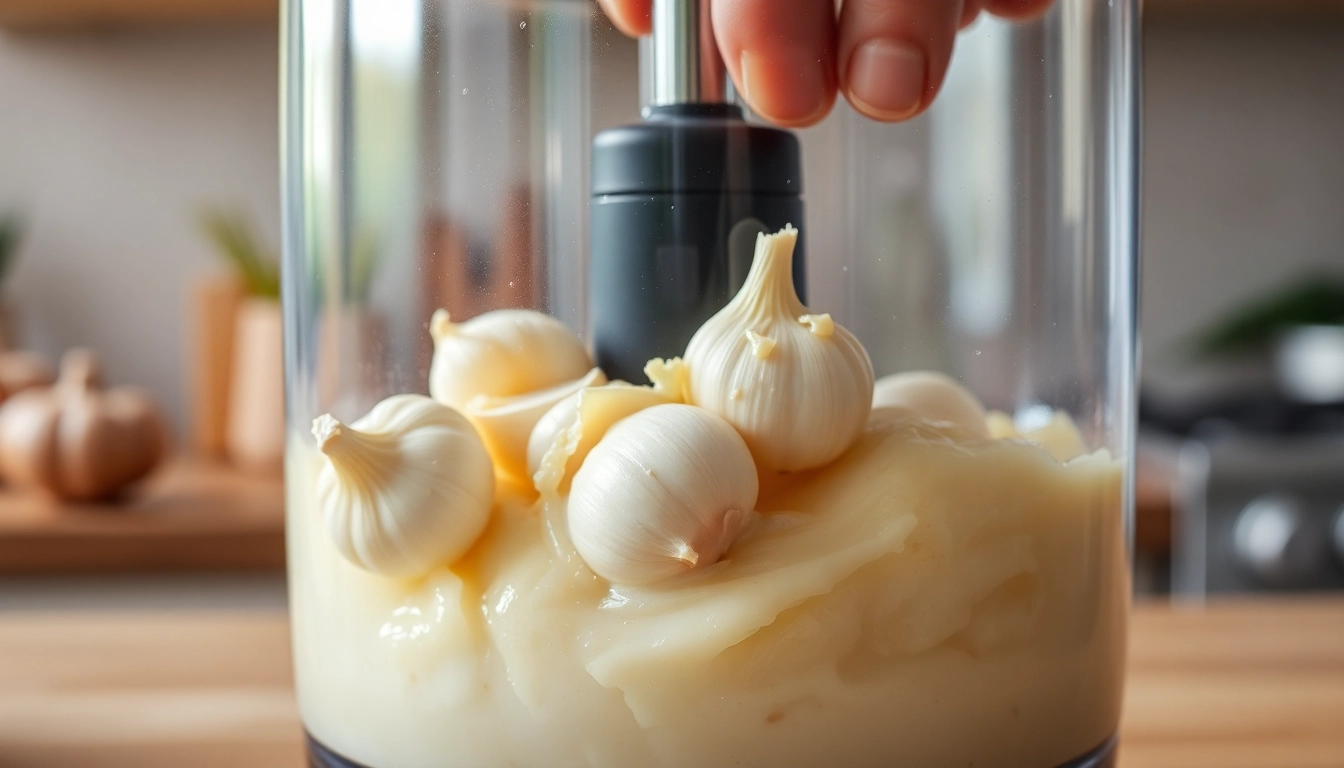Mastering the Art of Garlic Paste Production: A Complete Guide
Garlic is an indispensable ingredient in culinary traditions worldwide, renowned for its distinctive aroma, health benefits, and ability to enhance the flavor profile of countless dishes. Among the various garlic products available, Garlic Paste stands out as a versatile and time-saving staple for both professional kitchens and home cooks. Producing high-quality garlic paste requires a combination of choosing superior raw materials, adopting precise processing techniques, and maintaining stringent quality controls. This comprehensive guide aims to equip manufacturers, exporters, and culinary enthusiasts with in-depth insights into the production process, optimization strategies, and market trends connected to premium garlic paste.
Understanding the Basics of Garlic Paste Production
Creating an authentic and consistent garlic paste begins with selecting the right raw materials and applying modern yet traditional manufacturing practices. The process involves several key stages: raw material selection, ingredient preparation, processing, packaging, and quality assurance.
Selecting the Best Garlic Cloves for Paste
The foundation of a superior garlic paste lies in choosing fresh, high-quality garlic cloves. Experts recommend selecting bulb cloves that are plump, firm, and free from sprouts, mold, or blemishes. The choice of garlic variety should align with the desired flavor profile and regional preferences; for instance, Indian garlic varieties like ‘Elephant Garlic’ or ‘Chinese Garlic’ are favored in different markets. Consistency in size and maturity ensures uniform grinding and a smooth texture in the final product. Proper storage of garlic bulbs in a cool, dry place prior to processing preserves their aroma and freshness, which is critical for producing high-grade garlic paste.
Choosing Quality Ingredients and Additives
While garlic itself is the primary ingredient, the authenticity and shelf stability of garlic paste can be enhanced through the careful inclusion of quality additives such as edible oils, preservatives (like citric acid or natural antioxidants), and sometimes salt or other flavor enhancers. It is vital to source additives that meet food safety standards and do not compromise the product’s purity. Many manufacturers opt for natural oils, such as mustard or vegetable oil, which also serve as preservatives and improve the paste’s texture. For export-quality products, adherence to certifications like FSSAI, HACCP, and ISO is essential to establish credibility and market acceptance.
Traditional vs Modern Manufacturing Methods
Traditional garlic paste production involves manually pounding peeled garlic with mortar and Pestle, which is labor-intensive and results in uneven texture. In contrast, modern manufacturing employs industrial grinders and homogenizers that ensure a consistent, smooth, and hygienic product. Advanced milling techniques, such as colloid mills or wet grinders, facilitate fine paste production with minimal thermal degradation of garlic’s aromatic compounds. Automation and machinery also reduce cross-contamination risks and increase production capacity, making it viable for large-scale export and distribution.
Optimizing Processes for Superior Garlic Paste
Efficiency and quality enhancement in garlic paste production are achieved by refining grinding techniques, implementing preservation methods, and adopting packaging solutions that maintain freshness and aroma.
Grinding Techniques for Smooth Texture
The texture of garlic paste significantly influences consumer acceptance. To attain a smooth, uniform paste, manufacturers typically use colloid or wet grinders equipped with high-speed blades and cooling systems. These machines reduce heat generation during grinding, preventing volatilization of aroma compounds. Additionally, pre-soaking garlic in warm water or adding a small amount of edible oil prior to grinding can facilitate smoother consistency. For premium products, micro-milling or ultra-fine homogenization techniques are employed to produce a velvety paste favored in fine dining and export markets.
Preservation Methods and Shelf Life Enhancement
Fresh garlic paste is perishable, necessitating effective preservation strategies to extend shelf life without compromising flavor. Techniques include pasteurization, vacuum packaging, and addition of natural preservatives like citric acid. Pasteurization involves thermal treatment at controlled temperatures to eliminate microbial activity, with minimal impact on aroma and flavor. Incorporating natural antioxidants such as vitamin E or plant extracts can further preserve the essential oils and volatile compounds. Proper cooling and controlled storage conditions—preferably below 4°C—also play a pivotal role in maintaining product quality during transportation and storage.
Packaging Solutions that Maintain Freshness
High-quality garlic paste must be packaged in moisture-proof, airtight containers that prevent oxidation and microbial contamination. Food-grade PET bottles, vacuum-sealed pouches, and stand-up pouches with oxygen scavengers are popular choices. Innovative packaging with UV protection and tamper-evident seals enhances consumer confidence and maintains aroma and flavor integrity. Labeling should include clear information on ingredients, manufacturing and expiry dates, and certifications. For export, compliance with international packaging standards ensures acceptance across global markets.
Ensuring Quality Control and Certification
Quality assurance is non-negotiable for manufacturers aiming to gain consumer trust and meet international standards. Establishing rigorous quality control procedures and obtaining relevant certifications differentiate a brand and can significantly impact market competitiveness.
Standards and Certifications for Garlic Paste
Adhering to certifications such as FSSAI (Food Safety and Standards Authority of India), HACCP (Hazard Analysis and Critical Control Points), ISO 22000, and Organic certifications (where applicable) is essential. These certifications guarantee that the product meets safety, hygiene, and quality benchmarks recognized globally. Regular audits, supplier verification, and documentation ensure compliance and facilitate smooth export processes.
Quality Testing Procedures
Comprehensive testing involves microbial analysis, sensory evaluation, chemical testing for heavy metals and pesticide residues, and shelf life studies. Advanced laboratories employ techniques like GC-MS (Gas Chromatography-Mass Spectrometry) to analyze aroma compounds and volatile oils, ensuring consistency and verifying authenticity. Sensory panels assess flavor, aroma, and texture to align products with consumer preferences.
Regulatory Compliance and Food Safety
Manufacturers must stay updated on food safety regulations both domestically and in target export markets. Proper documentation, traceability systems, and adherence to Good Manufacturing Practices (GMP) underpin compliance. Developing Standard Operating Procedures (SOPs) and training staff accordingly mitigates risks and fosters a quality-centric culture.
Market Trends and Consumer Preferences
The global demand for authentic, natural, and convenient garlic products like garlic paste has surged, driven by health-conscious consumers and the rise of fusion cuisines. Packaging innovation, labeling transparency, and flavor innovation are strategic focal points for industry players.
Growing Demand for Authentic Garlic Paste
Consumers increasingly seek products that preserve the natural flavor and health benefits of garlic. Clean-label formulations with minimal preservatives, organic ingredients, and non-GMO assurances complement the trend. The convenience of pre-made garlic paste also caters to busy kitchens, boosting its popularity across households and restaurants.
Packaging and Branding Strategies
Effective packaging with eye-catching design, clear nutritional and ingredient information, and eco-friendly materials enhance brand visibility. Emphasizing authenticity, health benefits, and safety builds consumer loyalty. Innovative features like resealable caps and portion-controlled sachets add value.
Distribution Channels and Export Opportunities
Expanding beyond local markets, manufacturers leverage online platforms, retail chains, and foodservice partnerships to increase reach. Exporting to countries with high garlic consumption, such as the Middle East, Europe, and North America, can generate significant revenue. Participating in trade fairs like Biofach and other international food expos can open doors to potential buyers and distributors worldwide.
Effective Marketing Strategies for Garlic Paste
Implementing a robust marketing plan, optimized online presence, and engaging campaigns are crucial for establishing brand authority and expanding market share.
SEO Optimization for Garlic Paste Products
Focusing on targeted keywords like “Garlic Paste,” “Premium Garlic Paste,” and “Natural Garlic Paste” in website content, product descriptions, and metadata improves search engine rankings. Creating informative blogs, recipes, and how-to guides rich in relevant keywords naturally attracts organic traffic. Technical SEO aspects, such as fast-loading pages and mobile responsiveness, further enhance visibility.
Creating Engaging Content and Promotions
Regularly publishing recipe ideas, health benefits, and usage tips fosters consumer engagement. Seasonal promotions, discounts, and bundles encourage trial and repeat purchases. Collaborations with chefs, food bloggers, and culinary influencers can amplify reach and credibility.
Building a Strong Brand Presence Online and Offline
Establishing a compelling brand story around authenticity, quality, and tradition helps differentiate your garlic paste from competitors. Active participation in food expos, trade shows, and industry events promotes brand awareness. A comprehensive social media strategy across platforms like Instagram, Facebook, and LinkedIn amplifies engagement and builds a loyal loyal customer base.

